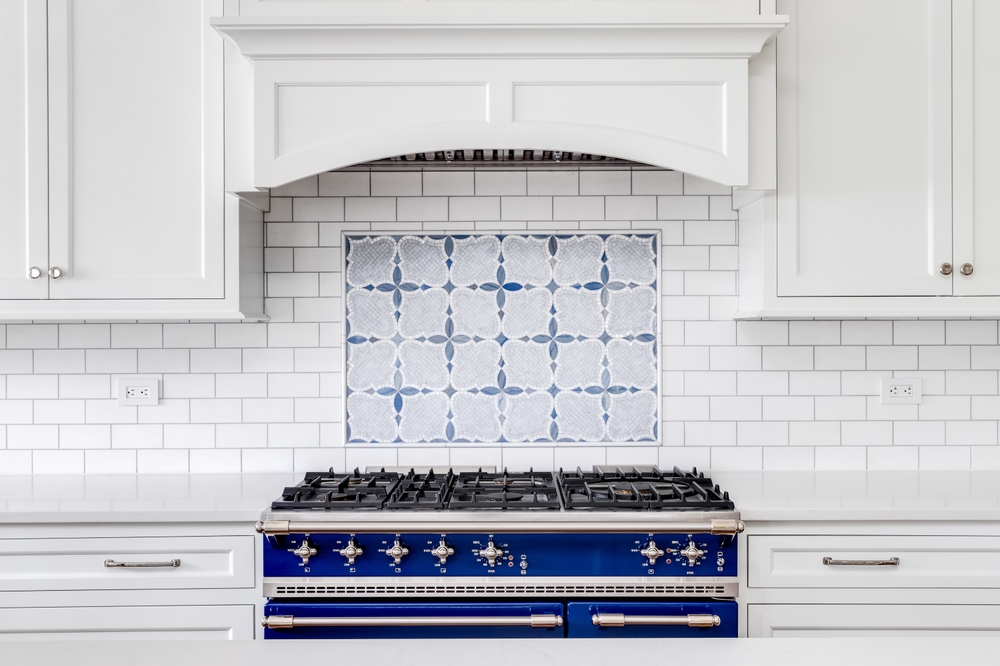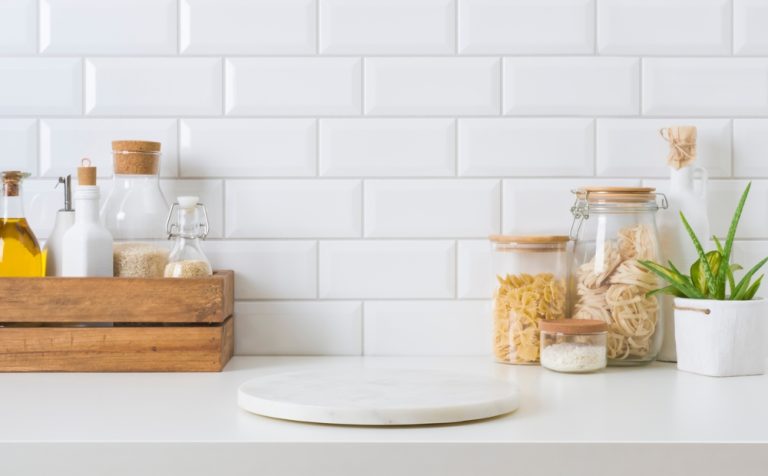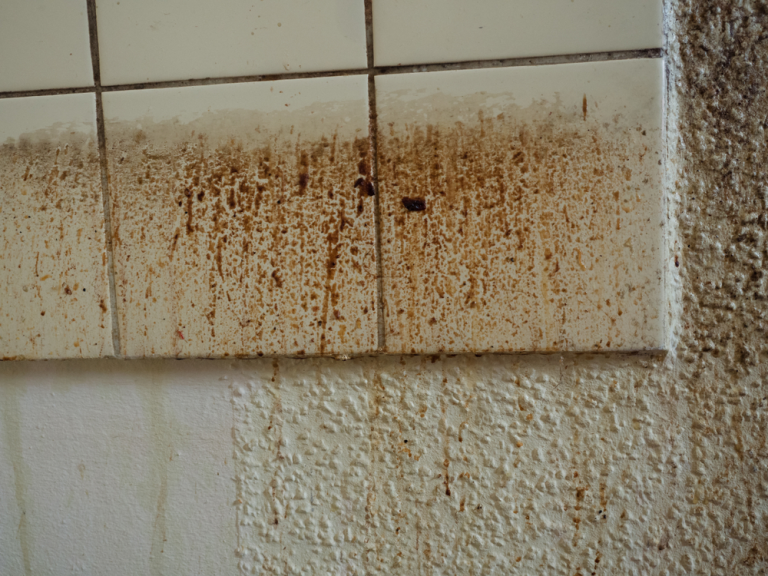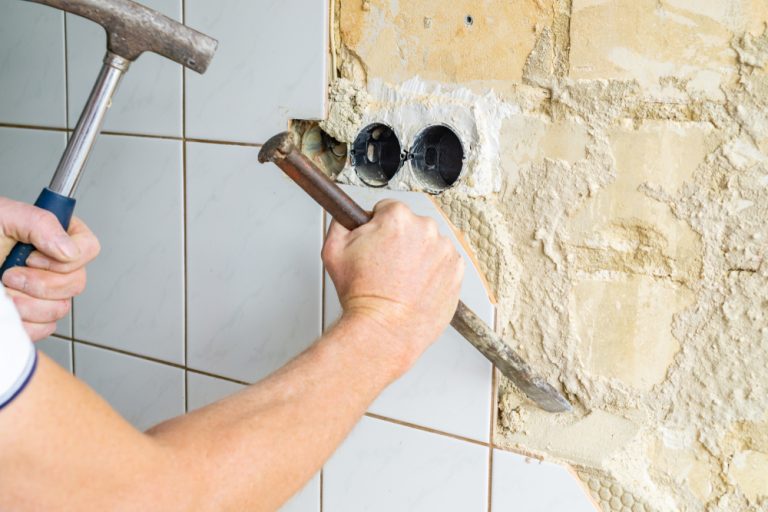What Size Tile for Kitchen Backsplash?

Choosing the right size tile for your kitchen backsplash is an essential decision that can significantly impact the overall look and feel of your kitchen. Whether you’re renovating your space or simply updating the backsplash, understanding what size tile for kitchen backsplash is best suited to your needs will help you achieve the perfect balance of style and functionality.
In this guide, we’ll explore the different tile sizes available, the factors to consider when making your choice, and tips for creating a stunning backsplash that enhances your kitchen’s aesthetic.
Common Tile Sizes for Kitchen Backsplashes
When it comes to selecting what size tile for kitchen backsplash is right, there are several popular sizes to consider. Each size offers a different visual effect and can complement various kitchen styles.
Standard 3×6 Inch Subway Tiles
- Classic Choice: The 3×6 inch subway tile is one of the most common and timeless choices for kitchen backsplashes. Its rectangular shape and moderate size create a classic, clean look that works well in both traditional and modern kitchens.
- Versatility: This size is versatile and can be arranged in various patterns, such as the traditional brick pattern, herringbone, or vertical stack, providing flexibility in design.
4×4 Inch Square Tiles
- Uniform Appearance: Square tiles, such as the 4×4 inch size, offer a uniform and symmetrical look. They are particularly popular in kitchens with a more traditional or country-style design.
- Easy to Install: The square shape of these tiles makes them easy to install and ideal for small to medium-sized kitchens.
Large Format Tiles (4×8, 4×12, 6×12 Inches)
- Modern Aesthetic: Large format tiles, like 4×8, 4×12, or even 6×12 inches, create a sleek and modern look. These tiles can make a kitchen backsplash appear more expansive and reduce the number of grout lines, resulting in a more seamless appearance.
- Minimal Grout Lines: Fewer grout lines not only contribute to a cleaner look but also make maintenance easier, as there are fewer areas for dirt and grime to accumulate.
Mosaic Tiles (1×1, 2×2 Inches)
- Intricate Design: Mosaic tiles, typically 1×1 or 2×2 inches, offer intricate patterns and designs. They are often used to create detailed focal points or borders within a larger backsplash.
- Customizable Patterns: Mosaics allow for a high degree of customization, as they can be mixed and matched to create unique patterns, colors, and textures.
Also Read – How to Clean Kitchen Counter Tile?
Factors to Consider When Choosing Tile Size for Your Kitchen Backsplash
Selecting the right size tile for your kitchen backsplash involves more than just aesthetic preferences. Several practical considerations can influence your decision.
Kitchen Size and Layout
- Small Kitchens: In smaller kitchens, smaller tiles like 3×6 inch subway tiles or 4×4 inch square tiles can help maintain a balanced and proportionate look. Large format tiles may overwhelm a small space, making it feel cramped.
- Large Kitchens: Larger kitchens can accommodate bigger tiles, such as 4×12 inch or 6×12 inch tiles, which can help create a more cohesive and less busy appearance. These larger tiles can also make a statement in open-concept kitchens.
Design Style
- Traditional Kitchens: For a traditional or classic kitchen, standard 3×6 inch subway tiles or 4×4 inch square tiles are ideal. These sizes offer a timeless appeal and can be arranged in patterns that complement traditional cabinetry and fixtures.
- Modern Kitchens: In modern or contemporary kitchens, large format tiles or sleek mosaic tiles can enhance the clean lines and minimalist design. Consider using larger tiles to create a more streamlined and uncluttered look.
Visual Impact
- Creating Depth and Dimension: Smaller tiles, like mosaics or 3×6 inch subway tiles, can add texture and dimension to the backsplash. This can be particularly effective in creating a focal point behind the stove or sink.
- Achieving a Seamless Look: If you prefer a seamless and continuous appearance, larger tiles are the way to go. They create a smooth surface with minimal interruptions, making the backsplash appear more uniform.
Grout Lines and Maintenance
- More Grout Lines: Smaller tiles, especially mosaics, will have more grout lines, which can add texture but also require more maintenance. Grout lines are prone to collecting dirt and grease, so consider this when choosing tile size.
- Fewer Grout Lines: Larger tiles reduce the number of grout lines, making them easier to clean and maintain. This is an important consideration for busy kitchens where ease of cleaning is a priority.
Tips for Selecting the Perfect Tile Size for Your Kitchen Backsplash
Once you’ve considered the practical aspects, here are some tips to help you choose the best tile size for your kitchen backsplash.
Consider the Overall Design Theme
- Cohesive Design: Ensure that the tile size you choose complements the overall design theme of your kitchen. For example, if your kitchen features modern, sleek cabinetry, large format tiles will likely blend better than smaller, more intricate tiles.
- Balance with Other Elements: Consider how the tile size will interact with other elements in the kitchen, such as countertops, cabinetry, and appliances. The goal is to create a balanced and harmonious look.
Visualize the Layout
- Use Samples: Before making a final decision, purchase a few tile samples in different sizes and lay them out against your kitchen wall. This will give you a better idea of how the tiles will look in your space.
- Mockup the Design: Create a mockup of the tile layout using painter’s tape or a tile design software. This can help you visualize how the tiles will fit together and how the size will impact the overall design.
Think About Longevity
- Timeless Appeal: Choose a tile size and design that will stand the test of time. While trends come and go, classic sizes like 3×6 inch subway tiles are unlikely to go out of style, ensuring your kitchen remains attractive for years to come.
- Resale Value: Consider how the tile choice might affect the resale value of your home. A well-chosen backsplash can be a selling point, so opt for sizes and styles that have broad appeal.
Don’t Forget About Functionality
- Ease of Cleaning: Consider how easy the tiles will be to clean and maintain, especially in a high-use area like the kitchen. Larger tiles with fewer grout lines are generally easier to keep clean.
- Durability: Ensure the tiles you choose are durable enough to withstand the demands of a kitchen environment, including exposure to heat, moisture, and grease.
Alternative Approaches to Backsplash Tile Selection
If you’re still undecided on what size tile for kitchen backsplash to choose, consider these alternative approaches that can add unique touches to your kitchen design.
Mix and Match Tile Sizes
- Create a Focal Point: Use a combination of tile sizes to create a focal point, such as a decorative panel behind the stove or sink. For example, you could use larger tiles for the majority of the backsplash and smaller mosaic tiles for the focal area.
- Add Interest with Borders: Incorporate smaller tiles or mosaics as borders or accents within a larger tile layout. This approach adds visual interest without overwhelming the space.
Consider Patterned Tiles
- Geometric Patterns: If you’re drawn to a modern aesthetic, consider using larger tiles with geometric patterns. These patterns can add a dynamic and contemporary feel to your kitchen.
- Textured Tiles: Textured tiles, regardless of size, can add depth and interest to your backsplash. Consider combining smooth and textured tiles in complementary sizes to create a layered effect.
Go Beyond the Backsplash
- Extend the Backsplash: For a more dramatic effect, consider extending the backsplash tile to the ceiling or around the entire kitchen. Using the same tile size throughout can create a cohesive look, while varying the size can add interest.
- Coordinate with Flooring: If you’re renovating your entire kitchen, consider coordinating the backsplash tile size with your flooring. This creates a unified look that ties the entire space together.
Conclusion
Deciding what size tile for kitchen backsplash is right for your kitchen involves considering both aesthetic and practical factors. Whether you opt for the timeless 3×6 inch subway tile, the modern appeal of large format tiles, or the intricate design possibilities of mosaics, the size you choose will play a significant role in defining your kitchen’s style.
By considering the layout, design theme, and functionality, you can select a tile size that not only enhances the visual appeal of your kitchen but also stands up to the demands of daily use. With the right tile size and thoughtful design, your kitchen backsplash can become a beautiful and functional centerpiece in your home.






